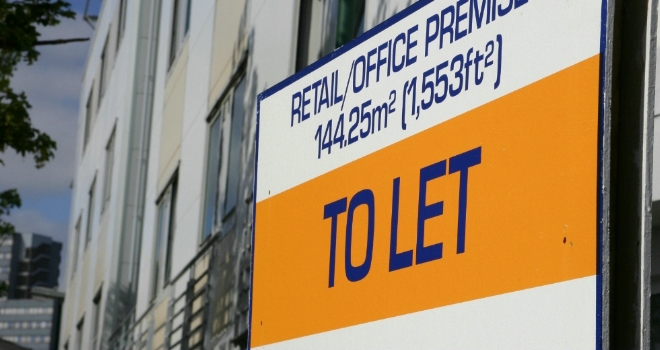Levels of investment into the British commercial real estate sector are set to cool in 2022, having enjoyed a 40% year on year increase between 2020 and 2021, according to the latest market analysis by Revolution Brokers.
Last year, just shy of £50bn was invested into the commercial sector, with the revival of a pandemic-stricken London market driving this activity with £21.2bn worth of investment alone. This equated to a 40% increase in commercial real estate investment when compared to 2020, with an average of £4.162bn invested every month.

As of July this year, £22.2bn has already been invested into the British commercial property sector, an average monthly total of £3.172bn. Based on this rate of investment, Revolution Brokers estimates that total commercial real estate investment should stand at almost £38.1bn by the end of the year.
While this is higher than the £35.7bn invested in 2020, it would mark a year-on-year decline of -24% versus the £50bn invested in 2021.
But what’s behind this annual decline in investor appetite for commercial property? It would seem an oversaturation of stock available on the market may be to blame.
Between 2019 and 2020, the level of commercial real estate listed for sale across Britain fell by -26%, with this heightened demand also pushing up the average asking price of commercial plots by 6%.
This trend continued between 2020 and 2021, with the available stock falling by a further 14% year on year, with the average asking price this time climbing by a notable 34%.
However, the level of stock available on the market in 2022 has actually climbed by 7% versus last year, with this additional supply also causing the average asking price to drop by -17% year on year.
Source: www.propertyreporter.co.uk


 Houses in Multiple Occupation* are facing new rules starting 1st of October. Landlords have just a couple of days more to apply for the licence.
Houses in Multiple Occupation* are facing new rules starting 1st of October. Landlords have just a couple of days more to apply for the licence.


